Deck & Commander Strategies

Massacre Girl
Utilize sacrifice and creature death triggers to clear the board multiple times, disrupting opponents and controlling the tempo while slowly gaining advantage through recurring value from sacrificed creatures.

Queen Marchesa
Leverage the monarch mechanic to gain incremental card advantage each turn, controlling the political landscape and using removal and tempo plays to maintain leadership and pressure opponents.

Zurgo Helmsmasher
Aggressively deal damage with a hasty, high-power commander, focusing on swift combat damage and increasing pressure on opponents before they can stabilize.
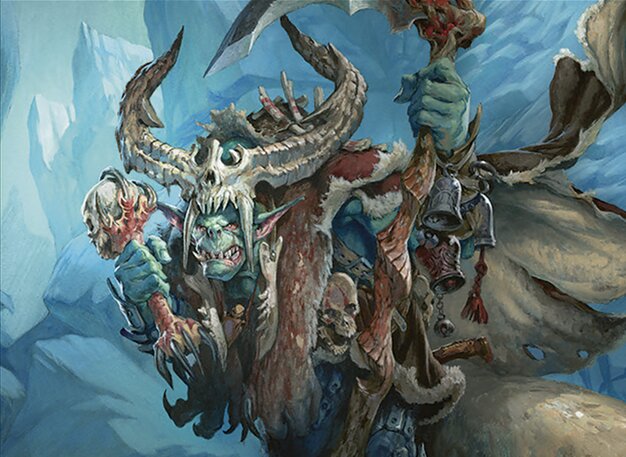
Sek'Kuar, Deathkeeper
Exploit sacrifice synergies by sacrificing creatures to trigger various effects, generating card advantage or removal while enabling combos involving creature death triggers.
Gameplay Insights
- 1
Massacre Girl's board wipe ability forced players to carefully consider trades and sacrifice timing to avoid losing their entire board.
- 2
The monarch mechanic from Queen Marchesa influenced attack patterns and forced players to contest for card advantage.
- 3
Using morph creatures and sacrifice outlets created complex interactions that disrupted opponents' plans and created opportunities for value generation.
- 4
Zurgo Helmsmasher's haste and aggressive nature pressured opponents to respond quickly or risk losing significant life.
- 5
Players negotiated temporary truces to focus attacks on the most threatening player, demonstrating political dynamics typical in multiplayer EDH.
- 6
Players leveraged card draw synergies and incremental advantage spells like Honor of the Pure and Altar of the Pantheon to outpace opponents despite the randomness of the sealed format.
Notable Cards
-

Massacre Girl
-
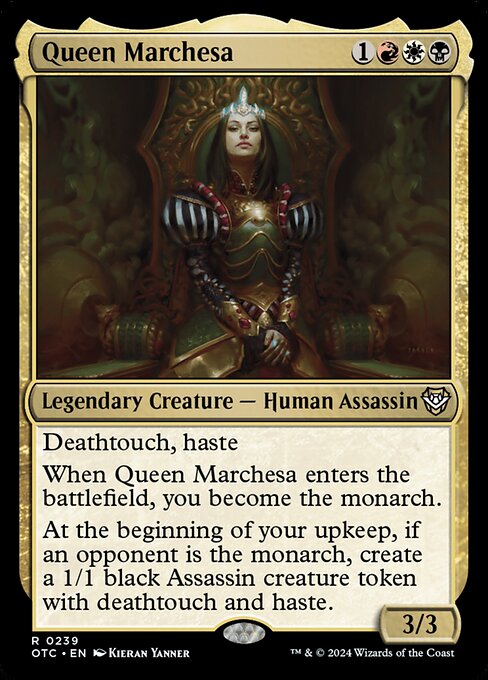
Queen Marchesa
-

Zurgo Helmsmasher
-

Sek'Kuar, Deathkeeper
-
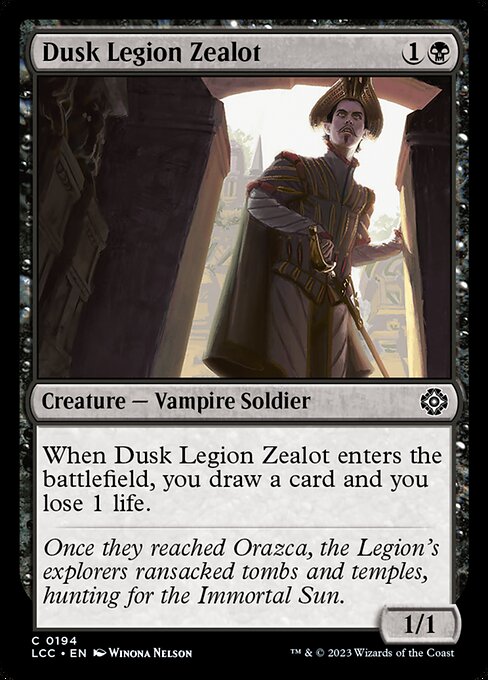
Dusk Legion Zealot
-

Honor of the Pure
-
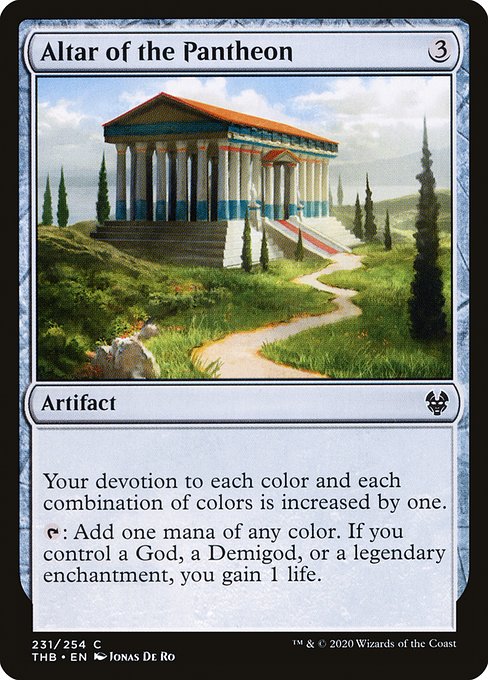
Altar of the Pantheon
-
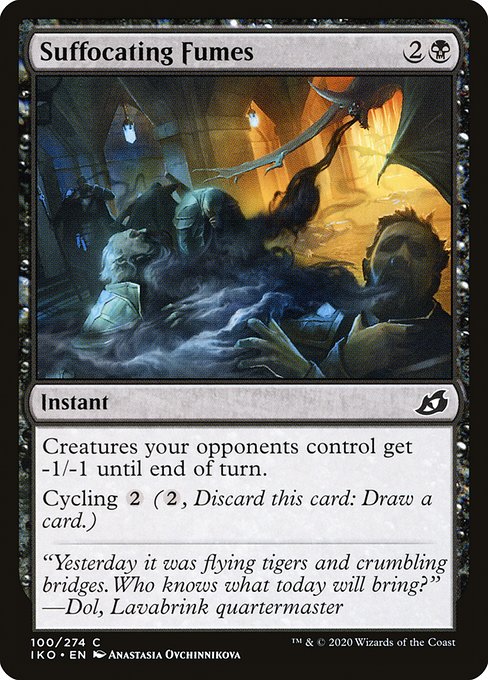
Suffocating Fumes
-
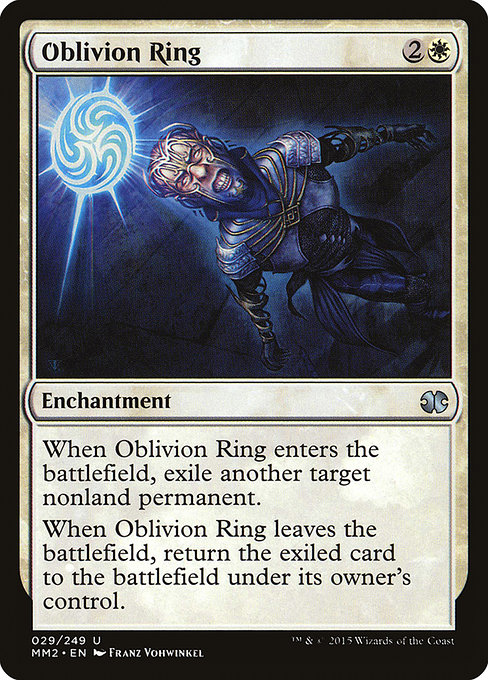
Oblivion Ring
-
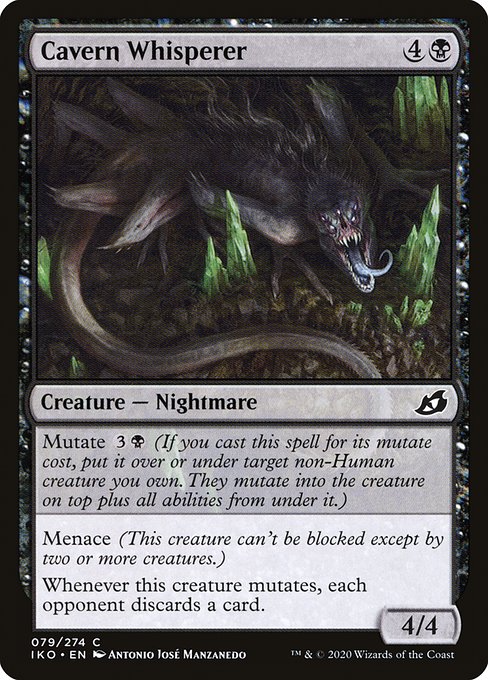
Cavern Whisperer
Gameplay Summary
The game began with players developing their boards with a mix of lands, creatures, and utility spells.
Early turns focused on ramping mana and establishing board presence with cards like Goblin Turncoat, Dusk Legion Zealot, and various removal spells.
Massacre Girl's ability to clear the board when creatures died created a volatile board state, forcing players to be cautious about trading creatures.
Queen Marchesa's monarch mechanic provided card draw advantage and political leverage, influencing attack decisions.
Zurgo Helmsmasher was a fast, aggressive threat with haste, while Sek'Kuar facilitated sacrifice synergies, enabling value from creatures dying. Mid-game saw critical plays such as casting Honor of the Pure and Altar of the Pantheon to enhance board control and card advantage.
Key interactions included sacrificing creatures to trigger Massacre Girl's board wipe and using morph creatures to disrupt opponents.
Players attempted to coordinate attacks to pressure leaders like John’s Marchesa while balancing the threat of board wipes.
Strategic removal like Suffocating Fumes and Oblivion Ring helped manage powerful creatures such as Zurgo and large death touch threats.
The game progressed with mounting tension as players jockeyed for the monarch status and looked to leverage sacrifice and aggression to finish the game.
The chaos of limited card pools and the sealed format made every decision impactful, with the monarch token and recurring threats playing pivotal roles in the shifting momentum.













![Commander VS S15E5: Roalesk VS Massacre Girl VS Niv-Mizzet VS Neheb [EDH] thumbnail](https://i.ytimg.com/vi/Xy3w7W-GWgw/sddefault.jpg)


![Commander VS S3E3: ????? vs ????? vs ????? vs ????? [MtG: Multiplayer] thumbnail](https://i.ytimg.com/vi/zUR3AeqZkPU/sddefault.jpg)

















![Commander VS S17E9: Vish Kal VS Vilis VS Skullbriar VS Queen Marchesa [Magic: The Gathering EDH] thumbnail](https://i.ytimg.com/vi/PclCM0FiXKE/sddefault.jpg)
![Commander VS S13E7: Tolsimir Wolfblood vs Slimefoot vs Queen Marchesa vs Tajic [EDH] thumbnail](https://i.ytimg.com/vi/9vSts7GdaqU/sddefault.jpg)

